From Montañita, on a half day adventure, we went down the coast to Puerto Lopez to investigate a trip out to Salango Island, which is known as a kind of poor man's Galapagos. As we were looking for the tour companies, we happened on the fishing boats that were just coming into the port. It was actually kind of smelly and gross.
The fishermen were unloading their boats and taking the catch to those un-refrigerated trucks. Small retail vendors bought some of the seafood off the boats and sold it raw or in restaurant shacks as ceviche, right there on the beach. These vendors also cleaned their fish at the water's edge of the beach. The fish guts and the trucks full of fish worked what looked like some kind of floating pelicans into a frenzy. Circling above this circus were thousands of the opportunistic Great Frigatebird, who practice kleptoparasitism. The Frigatebirds cannot get wet, but they can chase other seabirds in order to make them regurgitate their food mid-air. Evidently, this larcenous strategy is evolutionarily less costly than direct feeding.
Fish couldn't be any fresher but be that as it may, it didn't make us want to rush on down to ye ole seafood store.
We looked into a visit the Galapagos. For you gentle readers that have googled *a trip to the Galapagos* and I know from Google Stats on this blog that you are out there, and have somehow read this far, a few things to consider: 1) The islands are 600 miles off the coast of Ecuador and as such the only options are expensive cruise options and expensive plane rides.
2) Once there, you have two choices for lodging: expensive and more expensive.
3) There are expensive fees charged as well, that help with conservation maintenance on the islands.
4) There are 127 islands, islets and rocks in the park (21 volcanoes, 6 recently active!). You can wander around alone on the four inhabited ones, but an obviously paid, registered guide is required to visit the others.
5) To visit the outer and remoter islands and rocks, most people use various sizes of cruise ships (16-100 passengers) with scuba diving and other daily excursions from the boat. If you are not on an all-inclusive cruise, you are going to have to hire a boat through a tour company. Whatever option you choose, even at the lowest level, it is going to be expensive. However the sky's the limit if you want to rent a Putin-esque super yacht.
Of course, what ever your budget, it's gotta be the trip of a lifetime to hang out there with Charles Darwin wannabees and the Blue Footed Boobies. But we had a decision to make.
Having lived on the at least as expensive and maybe even more so, archipelago of the Hawaiian Islands for years, we knew our way around volcanoes and barren lava fields. We knew our way around whales, sea turtles, iguanas, the rare seal and some exotic birds. The big question for us was how serious are we about bird watching? How much were we willing to spend to be stuck with part of a group that is serious about Darwin's finches and the Blue Footed Boobie?
Turns out....well.... look at the boat in the picture above. We are cool with birds, but we are not...birdwatchers.
More than a few Ecuadorians tipped us off about Isla de la Plata, the poor man's Galapagos they said. Located only 17 miles from Puerto Lopez. Isla de la Plata offers many of same reefs, geological features and fauna as the Galapagos without the investment of time and treasure.With a little research we found the even more accessible Salango Island, a park about an hour away. Sea lions and Blue Footed Boobies in Spades.
There were only 4 of us in the boat that holds 30 and the cost was $30.00 pp for about a 5 hour tour. Lilly asked if she could snorkel and the 21 year old captain said sure, go for it. So off the side she went.
She swam to the island and had her own private Idaho for a while.
In post game analysis we decided that although cool, we are not overcome with the joy/expense ratio of bird watching for hours, much less days on end with fellow birdwatchers from Nebraska. On Salango we got a mini taste of the Galapagos and that ~ 5 hours was sufficient.
Our Airbnb host, an ex-pat from Quebec, who has been in Ecuador 22 years, was cool enough to take us to her 250 acre farm/nature reserve outside of Montañita.
Where her Ecuadorian man, Pedro, grilled fish for a nice afternoon lunch.
They are trying to create some type of nature education center. A graduate student/caretaker of the property said that except for the tigrillo, he thought most of the apex predators were extinct in the area.
The Santuario Blanca Estrella del Mar, a Catholic Church and private school, certainly had dibs on the best place for Sunday Mass in Montañita. Thought I heard some Yanks that appeared to be attending a semester abroad there.
They even were kind enough to include a replica of a Roman Empire torture device.
Ayampe was about 30 minutes down the coast. At one time it was touted to be the new up and coming Montañita. For now it is still very quiet with dirt roads. It seemed to be a sort of mix of Indigenous people living in one story concrete houses and hippie/surf culture. Supposedly there are a lot of Ayahuasca retreats hosted here as well.
.jpg)
 Besides the thermal waters, there are thermal mud caves.
Besides the thermal waters, there are thermal mud caves.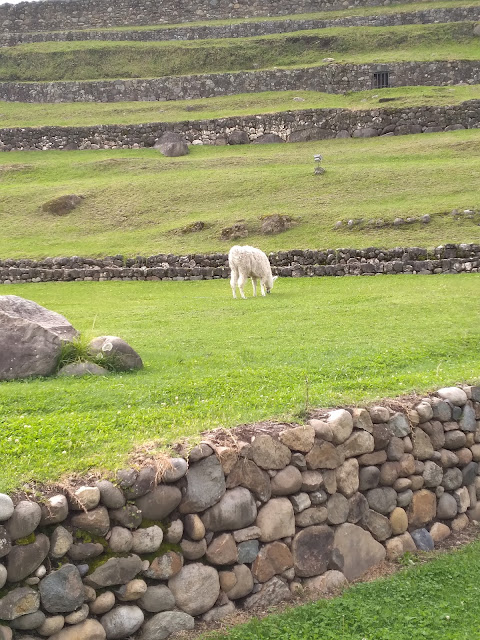





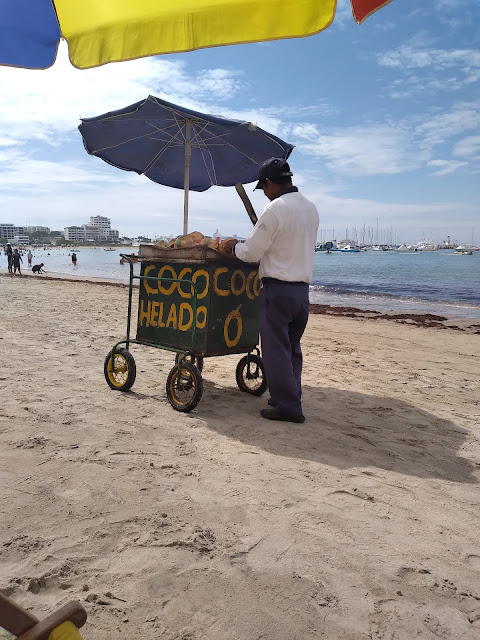










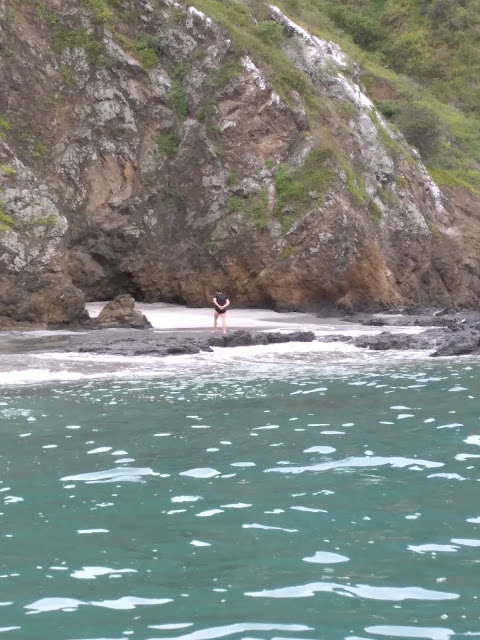
















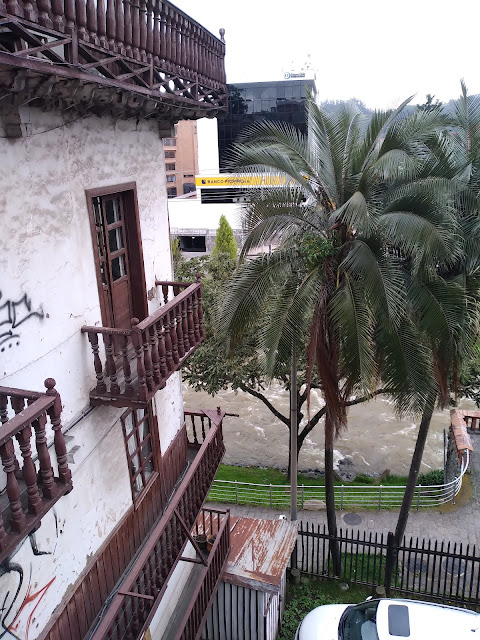





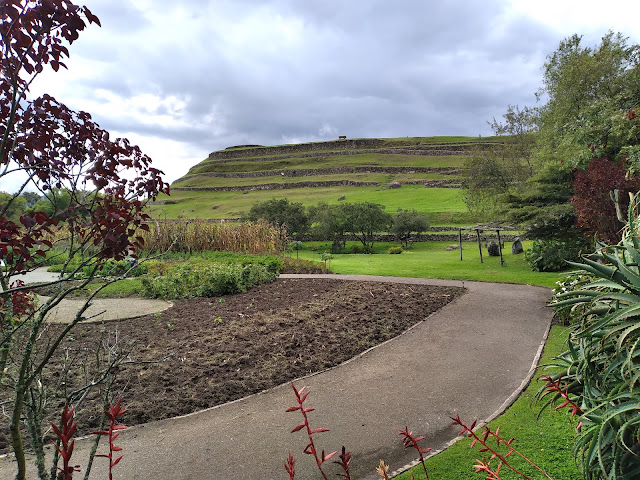

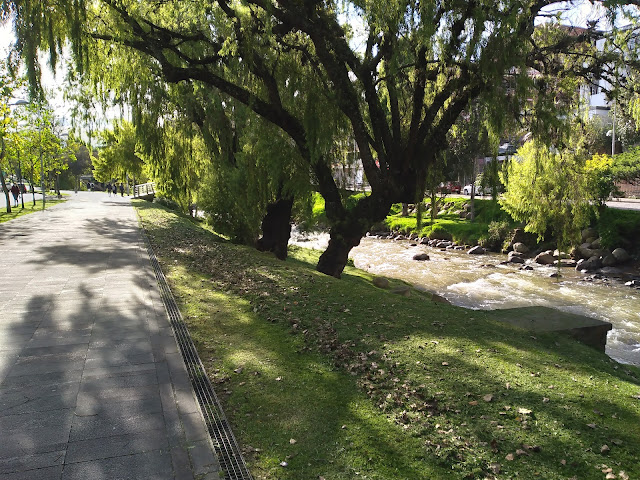



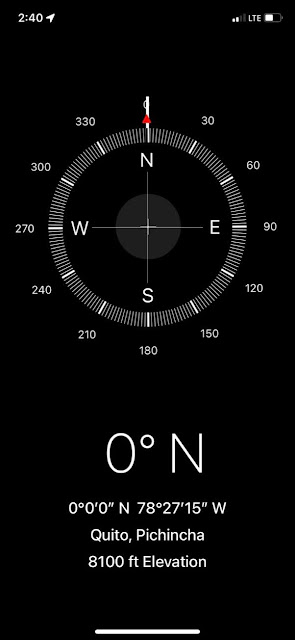

Comments